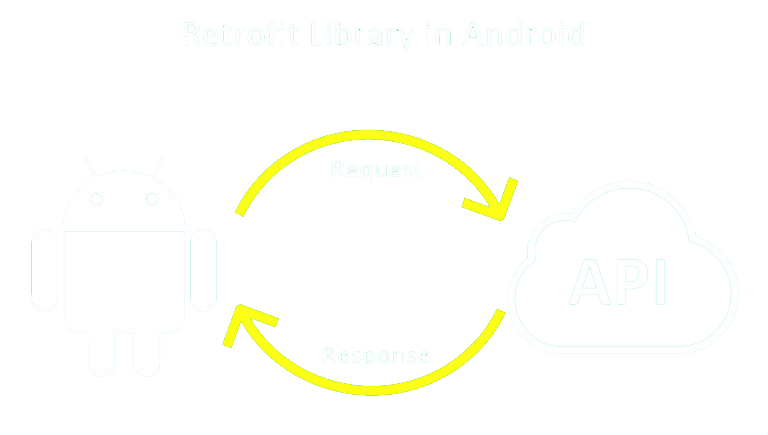
Networking in Android
In today’s interconnected world, networking is crucial to the development of mobile applications. Developers can create apps that can connect to internet services, communicate with remote servers, and retrieve data by utilizing Android’s robust networking infrastructure. In this blog post on the principles of networking in Android, we’ll go over important concepts, recommended practices, and useful guidance to help you develop stable and efficient networking features for your Android apps.
An outline of the networking on Android
HTTP and HTTPS protocols
The elements of networking are URL, HttpURLConnection, and HttpClient
Permissions and security considerations


Using AsyncTask to send queries to the network
Use Volley, Retrofit, or OkHttp libraries for more effective networking
Handling GET, POST, PUT, and DELETE requests, among others
Data exchange and receipt using JSON or XML
Processing server answers in formats such as JSON, XML, or others
Handling successful and unsuccessful examples
Handling lost connections and timeouts on the network
Implementing exponential retries and backoffs


Doing out network operations concurrently
Placing in situ For loading data, use LoaderManager or AsyncTaskLoader
Handling configuration changes and lifecycle events
Implementing caching techniques to efficiently retrieve data
Reducing payload size and data compression to optimize network requests
Handling slow or erratic connections in order to regulate network capacity
Taking care of authentication and session management


Implementing WebSocket connectivity for real-time updates
Making use of SSL certificates and HTTPS connections
Managing cookies and session persistence
Monitoring network connectivity and reacting to offline circumstances
Using frameworks like Mockito or Robolectric, network operations are unit-tested.
Using Charles Proxy and other network traffic inspection tools
Analyzing network performance with tools like Stetho and Chrome DevTools


Networking is a crucial part of creating Android apps since it lets the apps communicate with servers, receive data, and provide a seamless user experience. By using this blog post’s explanation of networking fundamentals, best practices, and suggestions, you may integrate dependable and efficient networking capabilities into your Android applications. By following these guidelines, you can ensure that your software functions dependably and responsively and that it facilitates efficient communication with distant servers.
